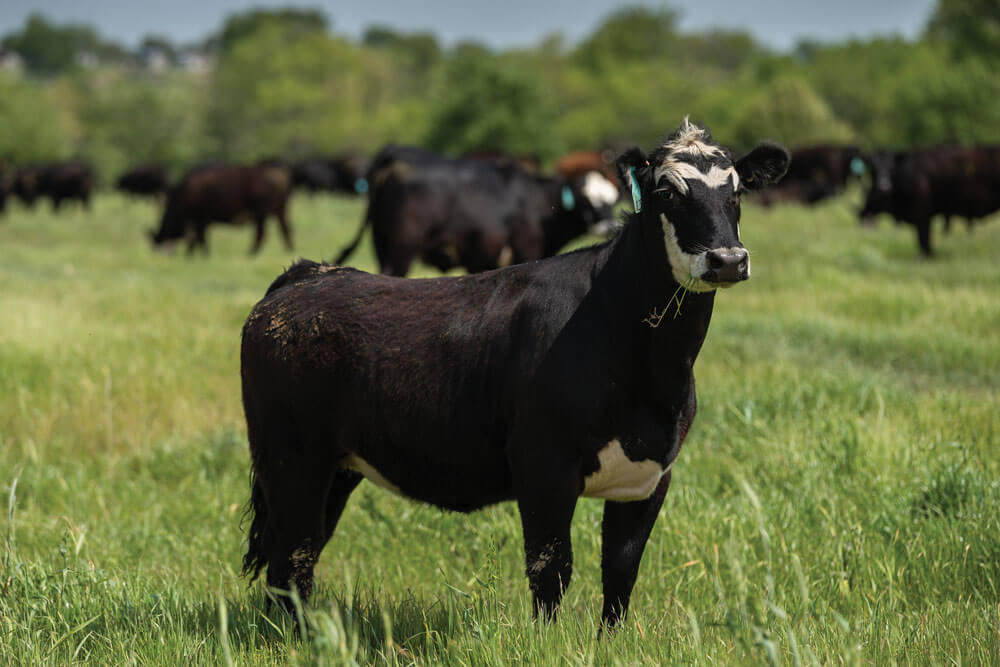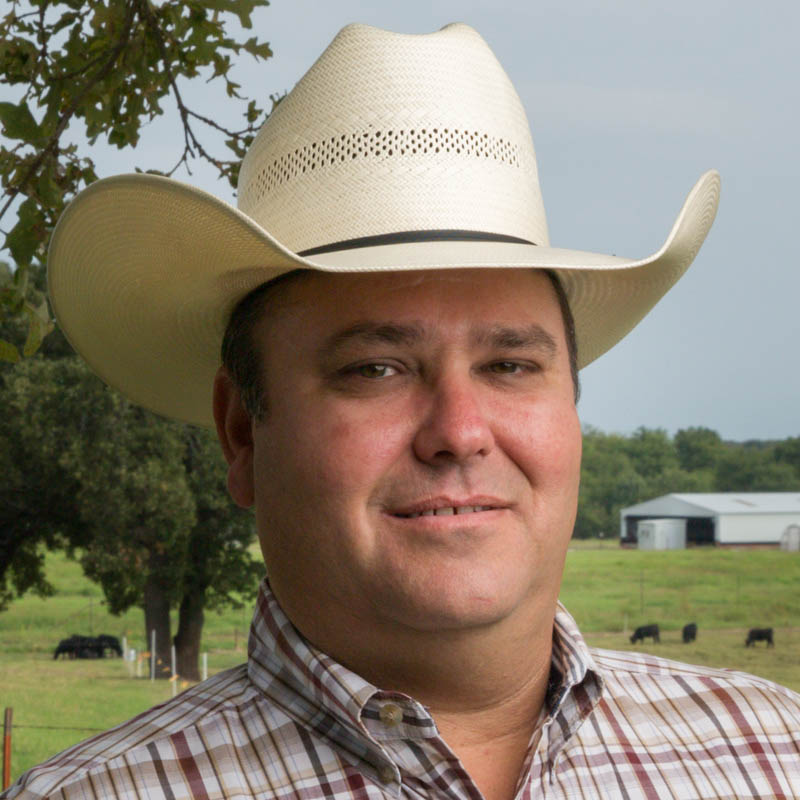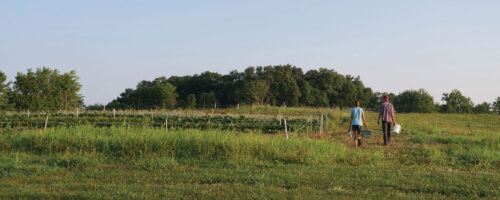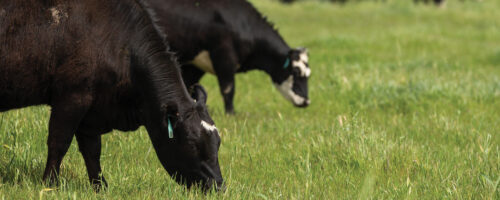What is a “regenerative cow”? That is a question only you can answer, because the right answer is about you and your context.
What are your ranch’s needs? What are your financial and personal goals? What management practices do you use? How will you market your cattle: live, quarters/sides or packaged? The right cow is the one that will perform well on your ranch and under your management. She is one that will help you increase profit on a per-acre basis. She does this by helping reduce or eliminate some expenses.
However, there are overall factors that go into making the right choice. Below are seven areas to consider when finding the right breed and cow for you.
1. She fits her environment.
Cows are always working. She’s either gestating or lactating or has recently weaned a calf and is still gestating. If she does not fit the environment, either the natural factors or your management choices, she will either cost the rancher more to maintain body condition or will not rebreed. If the terrain is extremely rugged, harsh or heavy brush, some breeds will excel in utilizing those resources.
Breed example: Brahman-influenced breeds typically thrive in warmer, tropical environments, while black-hided cattle breeds may have a more difficult time being successful in the same environment due to heat stress. The converse would be true in northern climates. Corriente, Corriente-, Criollo-, longhorn- and Brahman-influenced breeds tend to browse brush canopy more so than the typical English or Continental breeds.
2. She represents a good balance between maternal and terminal (carcass) characteristics.
Every cow has several job responsibilities: get bred annually and produce a calf that will efficiently develop into a quality meat product. The goal for every rancher is to identify the cow within a preferred breed that fits the ranch. There are numerous traits that need to be considered and balanced. For maternal traits, consideration should be given to cow size, docility, calving ease, moderate milking ability (not heavy milking), maternal instincts, stayability and forage efficiency. Likewise for the terminal characteristics, the rancher should consider optimizing growth (not maximum or low growth), adequate marbling,and optimal yield grade.
Breed example: Most breeds will have excellent examples of a well-balanced cow. However, Red Angus, Hereford, Beefmaster, Baldy or Super Baldy cows may work best for this consideration.

3. She is moderate in size.
Generally, moderate-framed cows are the best choice for a regenerative rancher and can be found in many breeds. The common dogma is that larger cows will typically consume more forage and cost more on a per acre basis. A cow that has a frame score of 4-6 (1,000-1,250 lbs.) is considered most desirable. Calves from smaller framed cows are best for pasture- or grass- finished cattle that will be sold direct to the public because they take less time to reach a desirable finish weight. Keep in mind that extremes (large or small frame) will each pose their own sets of challenges.
Breed example: Generally speaking, Continental breeds may be too large for most regenerative ranchers, especially those selling directly to the public. Calves from those breeds take longer to grass finish. Hereford, South Poll and Galloway cows are typically moderate-framed.
4. She does not have excessive milking ability.
Several breeds have cows with milking abilities that surpass the pasture’s ability to supply the nutrients to support such high lactation potential. Moderation or optimization should be the goal.
Breed example: Hereford, Wagyu, Corriente and South Poll breeds are some that are considered not to be excessive milkers.
5. She may be crossbred to utilize heterosis.
Crossbreeding can create some efficiencies with heterosis, if the program is intentional and done with prior planning and clearly outlined objectives. Crossing breeds that have complementary characteristics should be considered.
Breed example: American breeds have been developed to maintain heterosis in the cow. Baldy and Super Baldy cows are good examples of effective crossbreeding.

6. She is efficient.
Her efficiency should cover the areas of forage intake, production, and reproduction longevity. The most important job a cow has is to get rebred annually and for a long time. She must be able to do that while not overconsuming the forage resources available.
Breed example: Beefmaster, Black Baldy or Super Baldy cows typically excel in production, forage and economic efficiency.
7. She is healthy and raises a healthy calf.
Health starts in the form of fetal programming while the calf is gestating.Proper nutrition of the cow can set the calf up for success. Likewise, producers should select new females from replacement programs that have demonstrated their cattle are healthier, environmentally adapted and hardier.
Breed example: Crossbred cows typically can excel in this area.



Comment